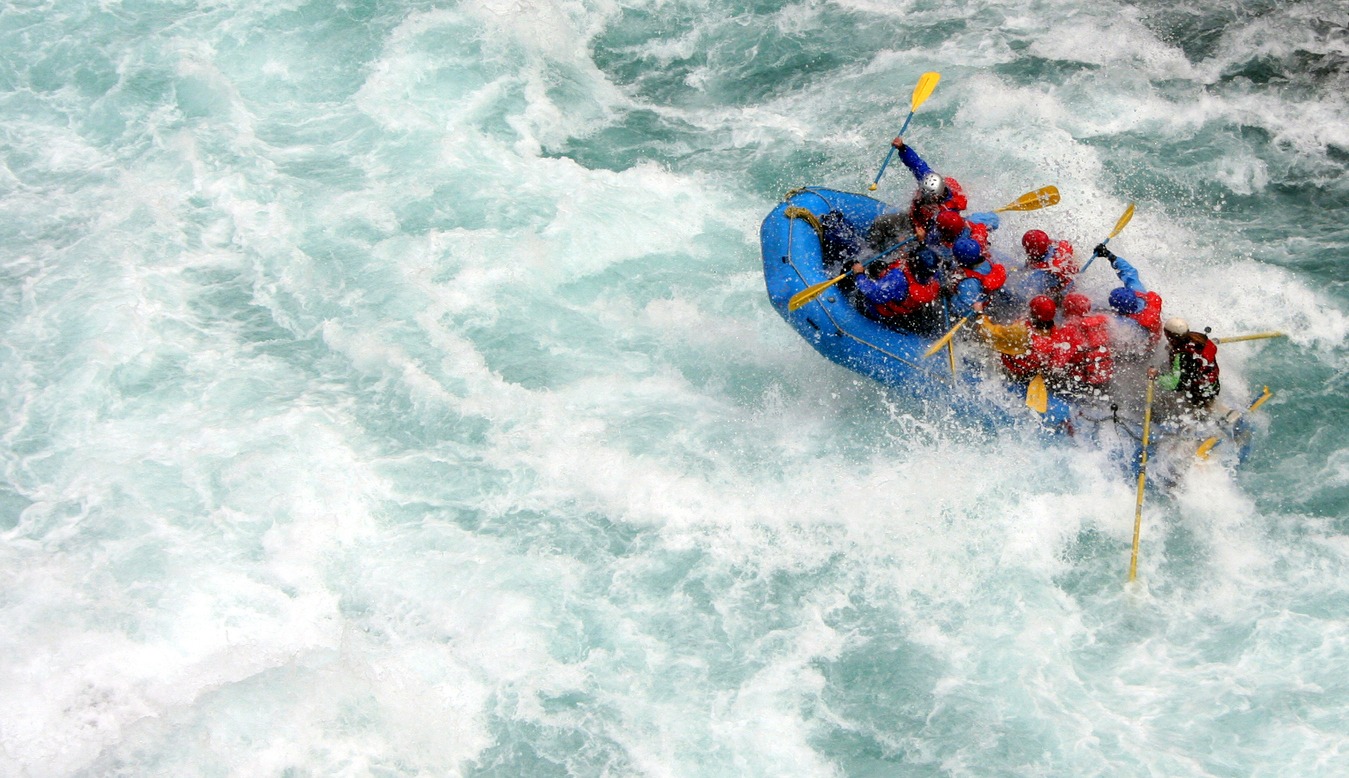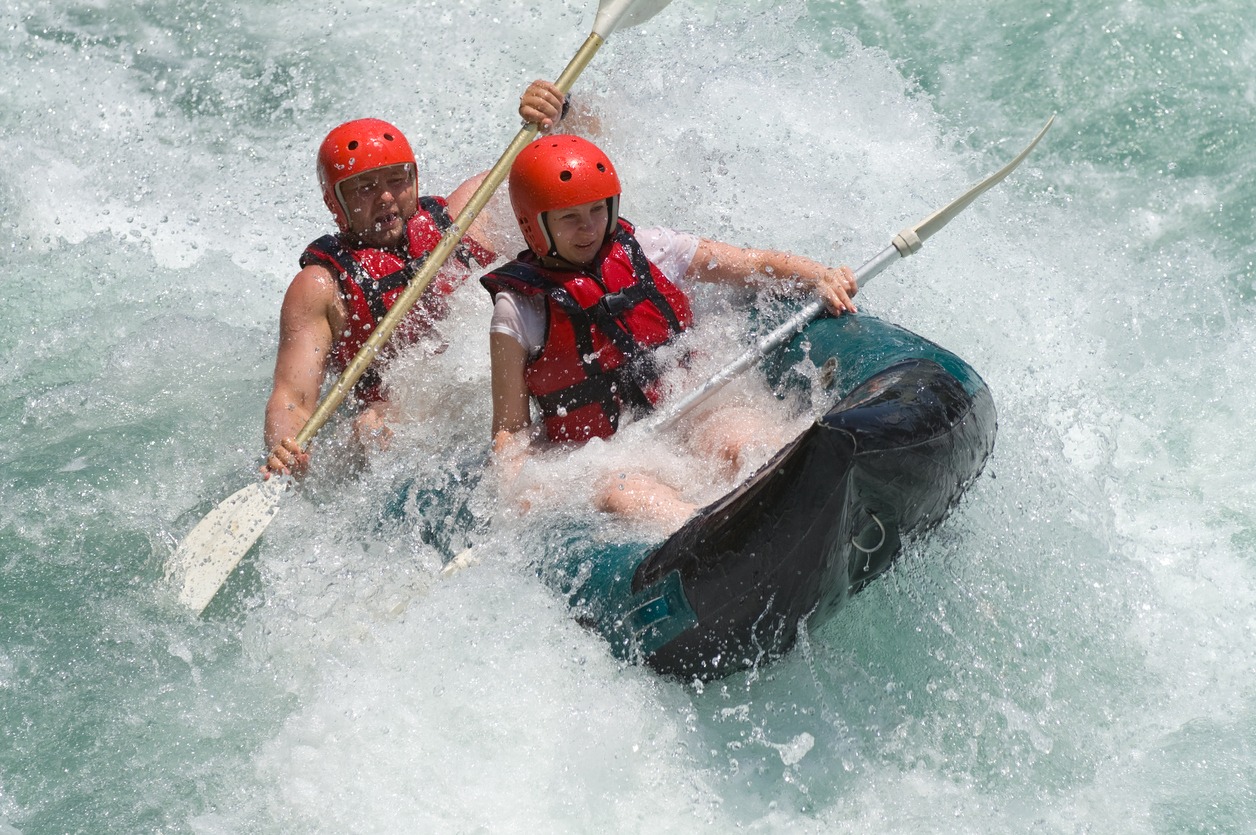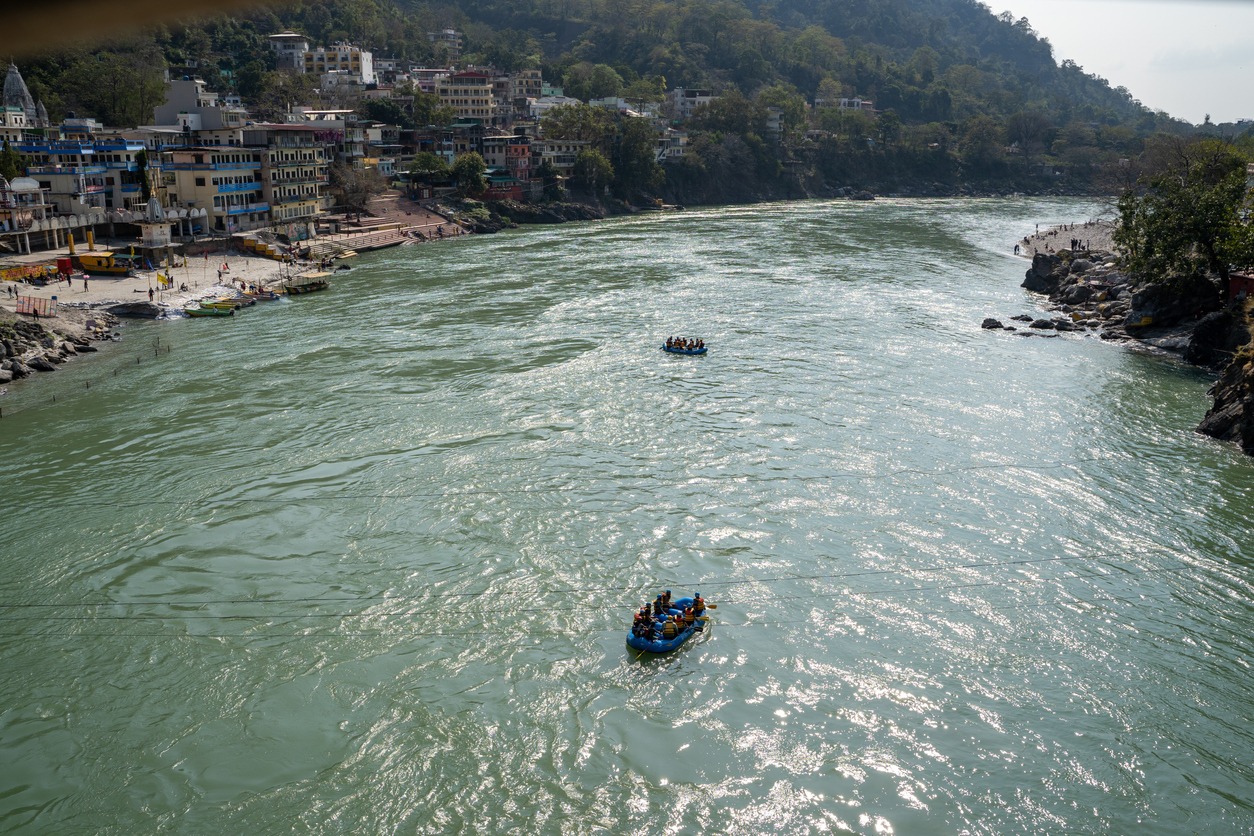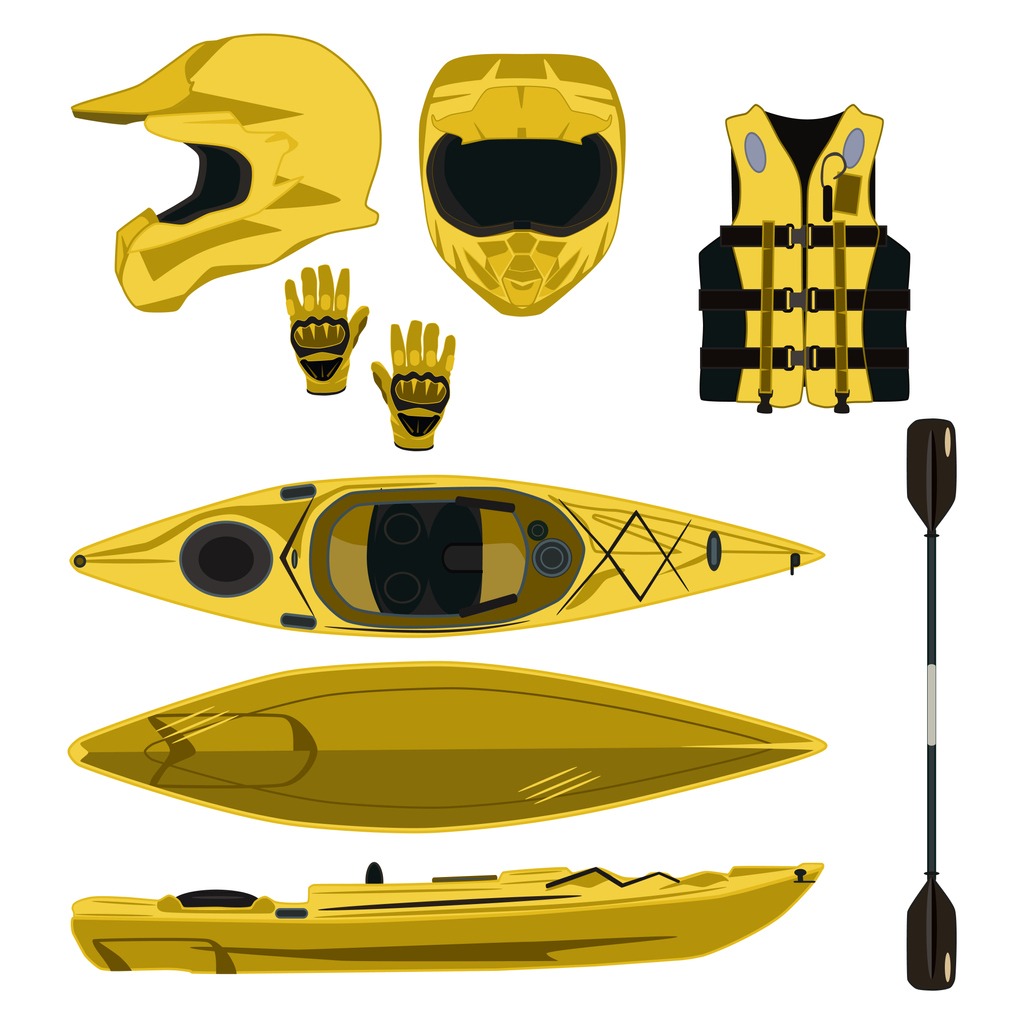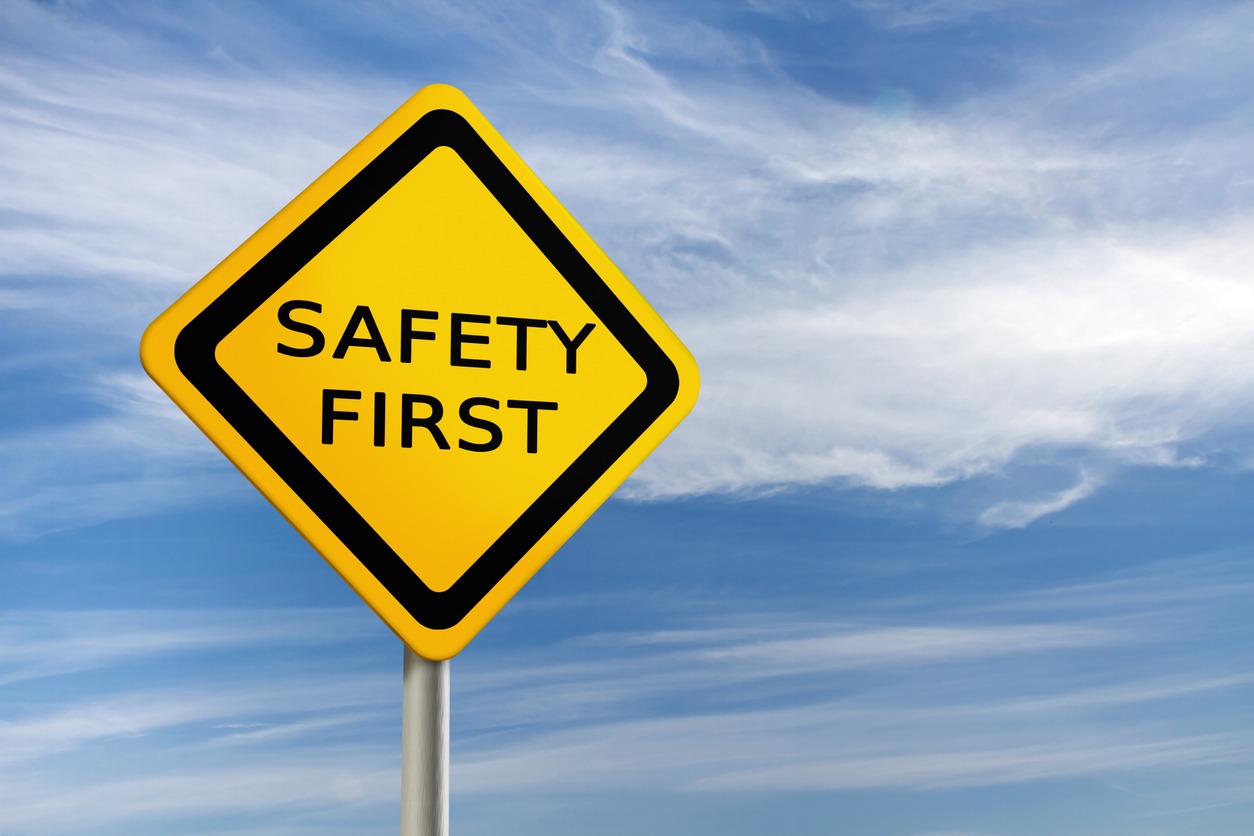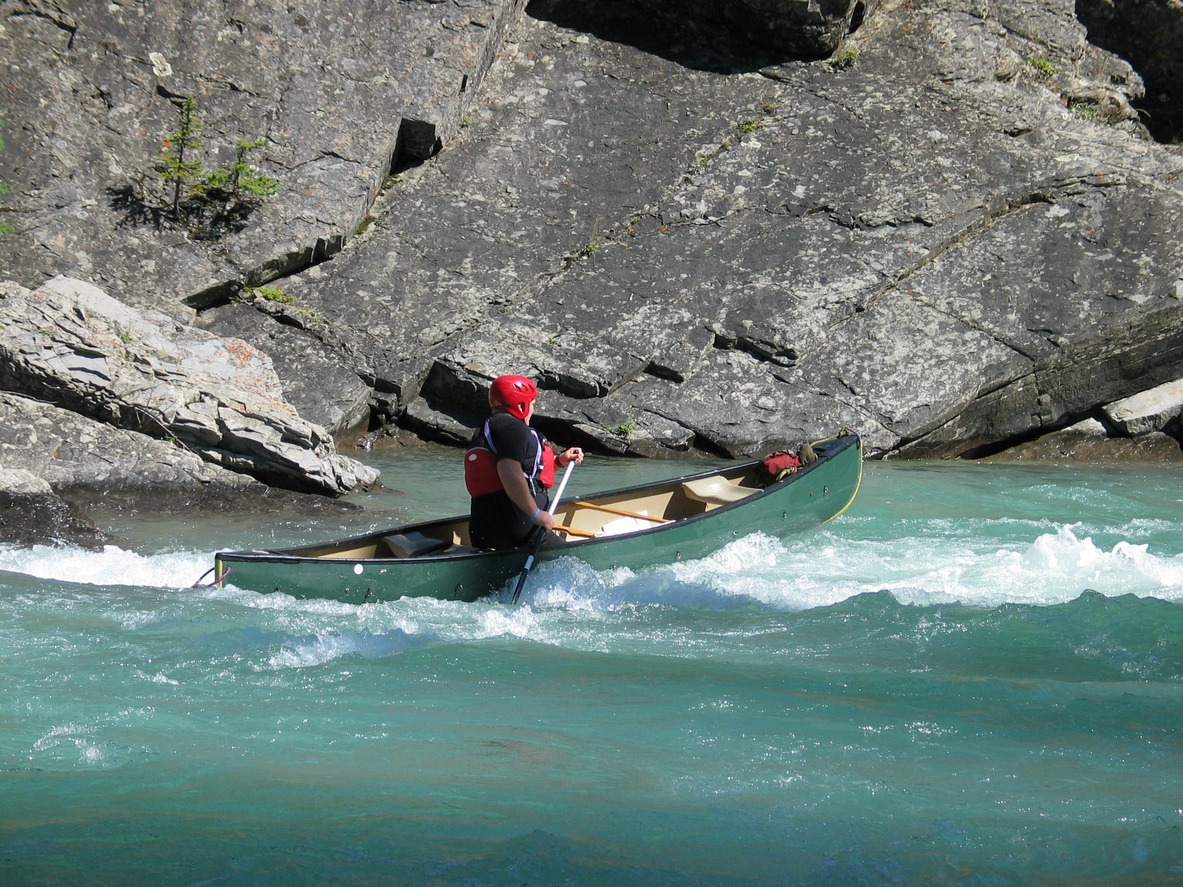Brace yourself for an exhilarating journey through the heart-pounding world of white water rafting! Let’s delve into the essentials of this adventurous sport, exploring the thrills and spills that await you on the rapids. Be swept away by the sheer excitement and beauty of navigating the untamed rivers. Get ready to learn the basics, understand the gear, and embrace the spirit of white-water rafting – where every paddle stroke brings you closer to the wild heart of nature!
Understanding White Water Rapids
When it comes to white water rafting, knowing your rapids is key. Rapids are rated from Class I to VI, with Class I being a smooth, easy ride and Class VI being extremely challenging and dangerous. It’s like a scale from ‘beginner-friendly’ to ‘only for experts’.
To safely navigate these rapids, rafters need to ‘read’ the river. This means spotting different features like waves, rocks, and whirlpools, which can affect your raft’s journey. Also, the river can change depending on the weather and how much water is flowing in it. Too much or too little water can make rafting harder and riskier. So, always check the water level and weather forecast before heading out, as they play a big role in your rafting experience.
Level of Difficulty
The first thing to know about the difficulty of a river is the importance of timing. The rapids are a little tougher at peak runoff, which happens somewhere in late May or early June. The runoff lessens considerably in July and August which makes those months perfect for beginners to try their hand at rafting. Here’s a breakdown of the levels of difficulty:
Class 1 rapids
These rapids are not truly rapids at all since the boat is propelled forward by little waves that tug on it. A relaxing way to spend the day on the river is by rafting down its calm parts. Perfect for families, especially those with young children, class 1 rapids make for a fun and memorable experience.
Class 2 rapids
Waves in class 2 rapids can get to be about 3 feet tall but they are easy to see and easy to navigate. The passages are wide and while the trip may be a bit rocky or bumpy, it’s a fun experience for those who want to experience Colorado white water rafting without needing too much extensive skills.
Class 3 rapids
The rapids get a little even more interesting. Waves can be up to 4 feet tall, and the passages are narrow, making the journey a little rougher. These rapids come with a 4D experience with water occasionally splashing into the rafts.
Class 4 rapids
You must be well-equipped for the journey when the rapids hit class 4. They require precision and stamina as they are often long and difficult paths with very turbulent water. While white water rafting in Colorado in the early season, you may encounter some calm Class 2 whitewater; nevertheless, by the end of June, there are some challenging Class 4 and 5 rapids. Seasonal timing makes a big difference in areas where increasing temperatures cause snowmelt to hasten the water flow. This is not as common in states in the Southeast US, but it is something to consider if you are not an experienced rafter
Class 5 rapids
This is the second-highest classification, and the rapids get pretty crazy. The raft will be spun around and thrown in all different directions. For those with little to no rafting experience, the water is dangerously high and gushing.
Class 6 rapids
Class 6 rapids represent the most extreme and perilous category in white water rafting, designated as such by the highest level of classification. These rapids pose significant risks and are characterized by extraordinarily challenging and unpredictable conditions. Due to their hazardous nature, only individuals with exceptional skills and extensive experience in navigating treacherous waters should attempt to tackle them.
Recognizing the extreme danger associated with Class 6 rapids, professional outfitter companies typically exclude them from their tour offerings. They prioritize the safety of their clients and understand that these rapids are beyond the scope of recreational rafting experiences, requiring a level of expertise that goes far beyond what is expected of casual or even intermediate rafters.
Gear and Equipment
When you go white water rafting, having the right gear is a must for both fun and safety. First, you need the basics: a sturdy raft, paddles for steering, a helmet to protect your head, and a life jacket to keep you afloat.
Then, think about what you will wear. A wetsuit keeps you warm in cold water, water shoes protect your feet, and gloves help you grip the paddle better.
Safety does not stop there, though. It is also important to have special safety gear. This includes throw bags (bags with a rope inside to help rescue someone), a first aid kit for any injuries, and rescue ropes for tricky situations.
All this equipment works together to make sure your rafting adventure is exciting and safe.
Preparing for a Rafting Trip
Getting ready for a white-water rafting adventure involves a few key steps.
- Research and Choose the Right Trip
- Physical Preparation
- Swimming Skills and Paddling Techniques
- Safety Gear and Training
- Stay Positive and Open-Minded
Safety First
Safety is the top priority in white water rafting. Every rafter needs to understand the risks and learn how to manage them. This means being prepared for situations like capsizing, where quick thinking and effective self-rescue techniques are essential.
Ensuring safety, especially in rough waters, is a critical skill. It is also vital to know emergency procedures and rescue techniques, which are crucial for handling unexpected situations on the river. With proper preparation and knowledge, rafters can confidently enjoy the thrills of the rapids while minimizing risks.
Environmental Considerations
Respecting the environment is just as important as ensuring safety in white water rafting. Rafters should always be mindful of the wildlife and natural habitats they encounter. This includes understanding the impact their activities might have on river ecosystems.
Adhering to ‘Leave No Trace’ principles is crucial for preserving these natural settings. By being environmentally conscious, rafters can help ensure that the stunning landscapes and diverse ecosystems remain unharmed and beautiful for future adventurers to enjoy.
Popular Rafting Destinations Worldwide
Colorado River, Grand Canyon, USA
- One of the most famous rafting destinations globally
- Offers a range of rapids from moderate to challenging
- The breathtaking scenery of the Grand Canyon adds to the experience
Zambezi River, Zimbabwe/Zambia
- Known for its intense and thrilling Class V rapids
- Rafters get to navigate the famous Batoka Gorge
- The river is close to the magnificent Victoria Falls
Futaleufú River, Chile
- Offers some of the world’s most challenging rapids
- Set against the backdrop of the stunning Patagonian landscape
- Known for its crystal-clear blue waters
Magpie River, Canada
- Ideal for a multi-day rafting expedition
- Offers a mix of serene stretches and exciting rapids
- The journey includes views of the beautiful Canadian wilderness
Franklin River, Tasmania, Australia
- Known for its wild and untouched natural beauty
- Offers a challenging and remote rafting experience
- The river winds through pristine rainforests and rugged gorges
Sun Kosi River, Nepal
- Offers a unique combination of exciting rapids and cultural experience
- The trip provides views of the Himalayas and local villages
- Known for its long rafting trips that last several days
Middle Fork of the Salmon River, Idaho, USA
- Famous for both its scenic beauty and varied rapids
- Offers hot springs and excellent fishing opportunities
- Ideal for families and beginners, as well as experienced rafters
Noce River, Italy
- Located in the picturesque Italian Alps
- Offers a range of rapids suitable for all skill levels
- Known for its clear waters and stunning alpine scenery
Conclusion
In conclusion, white water rafting is an exhilarating and dynamic sport that combines the thrill of navigating rapids with the beauty of the natural world. It requires a blend of physical fitness, technical skills, and a deep respect for safety and the environment. Whether you are paddling through the majestic canyons of the Colorado River or tackling the challenging waters of the Zambezi, rafting offers an unforgettable adventure. With proper preparation, training, and awareness, anyone can enjoy the thrills and joys of this amazing outdoor activity, creating memories that last a lifetime.
